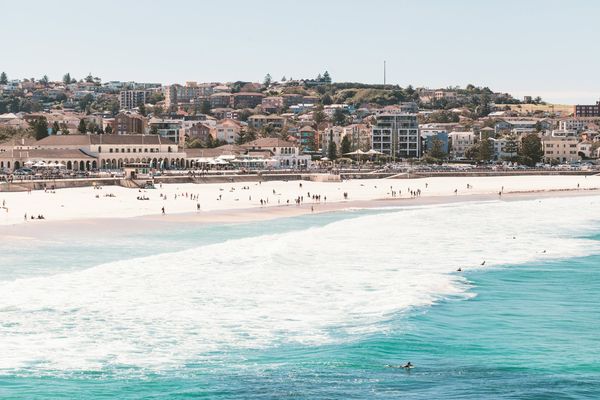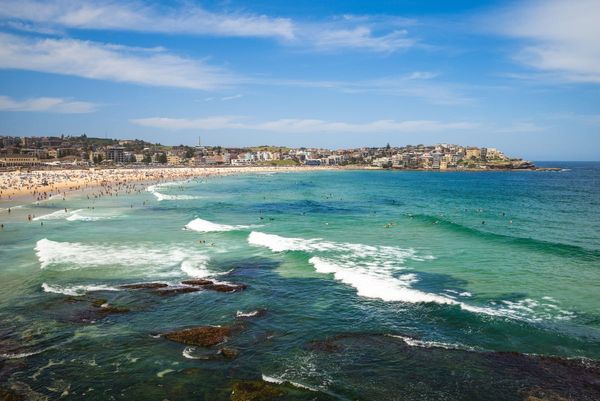When Sen. Mark Kelly heard about the killing of the conservative commentator Charlie Kirk on Wednesday, his mind raced back 14 years.
It was 2011 when Kelly’s wife, Gabby Giffords, then a House Democrat, was shot in the head while meeting with constituents outside a supermarket. Giffords nearly died that day. The shooting changed both of their lives forever, Kelly said Friday at a town hall in Columbia, S.C.
“This kind of political violence that we have seen in our country … you saw it in the 1960s. My wife got shot in 2011. Lately, we’ve been seeing more of it,” Kelly said. “It is un-American. Unacceptable.”
“This is the time when we have to try to bring people together,” the Arizona Democrat said.
Each time a new act of violence targets a political figure, whispers about security grow into a loud roar at the Capitol.
For some, it feels like public service is being strained to a breaking point.
“It’s incredibly damaging to our democracy,” Rep. Kelly Morrison, D-Minn., said earlier this summer as she mourned Minnesota state legislator and friend Melissa Hortman, who was targeted and killed by a gunman.
“It has a chilling effect, potentially, on people’s willingness to run … and we need good people to step up and run for office more than ever,” she said.
Capitol Police say they are on pace in 2025 to work through roughly 14,000 threat assessment cases, which include concerning statements and direct threats, a jump from 9,474 cases investigated last year.
Rep. Seth Moulton, D-Mass., for one, shared audio and screenshots of “violent and graphic threats” he received this week after calling on President Donald Trump to condemn “extremist violence” on the right as well as the left.
While some in Congress have protective details provided by Capitol Police, most rank-and-file members do not. Speaker Mike Johnson, R-La., told reporters this week that offering details for every single member is simply “not a possibility” given the enormous cost.
In the weeks ahead, congressional leaders are expected to hash out what, if anything, they will do to boost funding for member security as the end of the fiscal year approaches. And House Legislative Branch Appropriations ranking member Adriano Espaillat, D-N.Y., pointed to existing programs, “from residential security support to local law enforcement coordination.”
“There were additional resources added after Jan. 6, [2021], and I believe that frankly, member security hasn’t changed after those additional resources. So it’s really much deeper,” said Rep. Alexandria Ocasio-Cortez, D-N.Y., on Thursday. “How do we think about security in a digital era? In a stochastic threat environment? A lot of the structures and the ways we go about it are tailored for a different time, for two or three decades ago.”
From 9/11 and beyond
Threats against politicians today may look different from those of the past, from “swatting” to hacking and more. But lawmakers have long debated how to keep themselves safe — and advocates have long urged them not to cut off public access.
After a gunman entered a Capitol door in 1998 and killed two members of the Capitol Police, momentum grew for constructing a new annex to handle thousands of daily tourists.
The project ballooned in the wake of 9/11, as Congress added new security features and reckoned with how close it may have come that day to being hit by a terrorist attack. Workers broke ground soon after on the underground facility, and what is now the Capitol Visitor Center opened in 2008.
Other relatively recent additions installed after 9/11 include steel bollards around the campus.
“You tend to forget how open and free the Capitol was as late as the 1980s. When you come on the compound now, you’ve got the police that stop you, the dogs sniffing you. You go through the X-ray machines. It’s a lot tighter,” former Sen. Trent Lott, R-Miss., said back in 2011.
That sense only deepened after the Jan. 6, 2021 mob attack, when temporary fencing around the Capitol invited comparisons to a fortress and angered First Amendment activists.
While the Capitol itself can be locked down or fenced off, that’s not always the case at events or fundraisers around the country, as hundreds of members of Congress fan out to their home states.
A baseball field was the site of potential carnage in 2017, when a gunman opened fire on Republicans practicing for the Congressional Baseball Game. But two Capitol Police officers assigned to protect Steve Scalise, then GOP whip, returned fire.
“If those two hadn’t been there, this would have been a totally different story,” then-Rep. Mike Bishop, R-Mich., told Roll Call at the time. “I wouldn’t be here. There’s no way. This guy knew he had us trapped.”
Capitol Police have an expansive mission unlike any other force in the country, charged with both securing a busy campus and also protecting lawmakers.
Former Chief J. Thomas Manger reflected on that balancing act as he retired earlier this summer.
“I will often hear some folks say, ‘We should focus more on protection and less on police work.’ If you did that, you’d be doing your job with one arm tied behind your back. It has to be both,” Manger said.
Manger had a vision of setting up field offices around the country to coordinate with local authorities and speed response times, but a fiscal 2026 spending bill report cites “insufficient return on investment.” His successor, Michael Sullivan, said he’s instead prioritized setting up more mutual aid agreements with local agencies.
“We really want to amp that up so we can have really good coverage throughout the whole country,” Sullivan said in August.
Continuity of Congress
While most members worry for themselves and their families, some fear for the legislative branch as a whole. They’ve been posing an uncomfortable question since 9/11: If dozens were killed at once in a terrorist attack or natural disaster, could Congress keep going?
Those fears were stoked by the anthrax attacks in 2001, a time of panic and unease. White powder spilled out of a letter addressed to then-Senate Majority Leader Tom Daschle, D-S.D., upending daily life on the Hill. Crews cordoned off the Hart Building for decontamination, and letters were rerouted to an offsite facility, permanently changing how lawmakers get their mail.
“It really was a surreal moment, right up there with the weirdest stuff I ever saw in 21 years in the Senate,” political strategist and former Hill staffer Jim Manley told Roll Call in 2020 as he looked back on the anthrax crisis. “There was a lot of fear, a lot of paranoia.”
Lawmakers made some changes. In the 109th Congress, they tweaked House rules to allow a provisional quorum during catastrophic events and passed a law requiring states to hold speedier special elections if more than 100 members are lost.
That doesn’t go far enough, according to critics like former Rep. Derek Kilmer. “If Congress fails to enact a sufficient continuity plan, the American people will be left wondering why, in the world’s leading democracy, there was no plan to protect our most sacred democratic institutions,” he said in an interview last year.
Kilmer wants to see a constitutional amendment that would allow interim appointments in the House, where vacancies can currently be filled only by special election. He took up the continuity mantle from another Washington state Democrat, former Rep. Brian Baird.
With those voices gone from Congress, not many are willing to publicly discuss how a broader act of political violence could change the balance of power in Congress in an instant, especially with slim margins in both chambers.
“Hell, a car wreck with a half-dozen members in it could be sufficient to flip the majority,” Rep. William R. Timmons IV, R-S.C., pointed out last year.
Bill Clark, Nina Heller and Michael Macagnone contributed to this report.
The post For Congress, security fears are a haunting part of the job appeared first on Roll Call.







